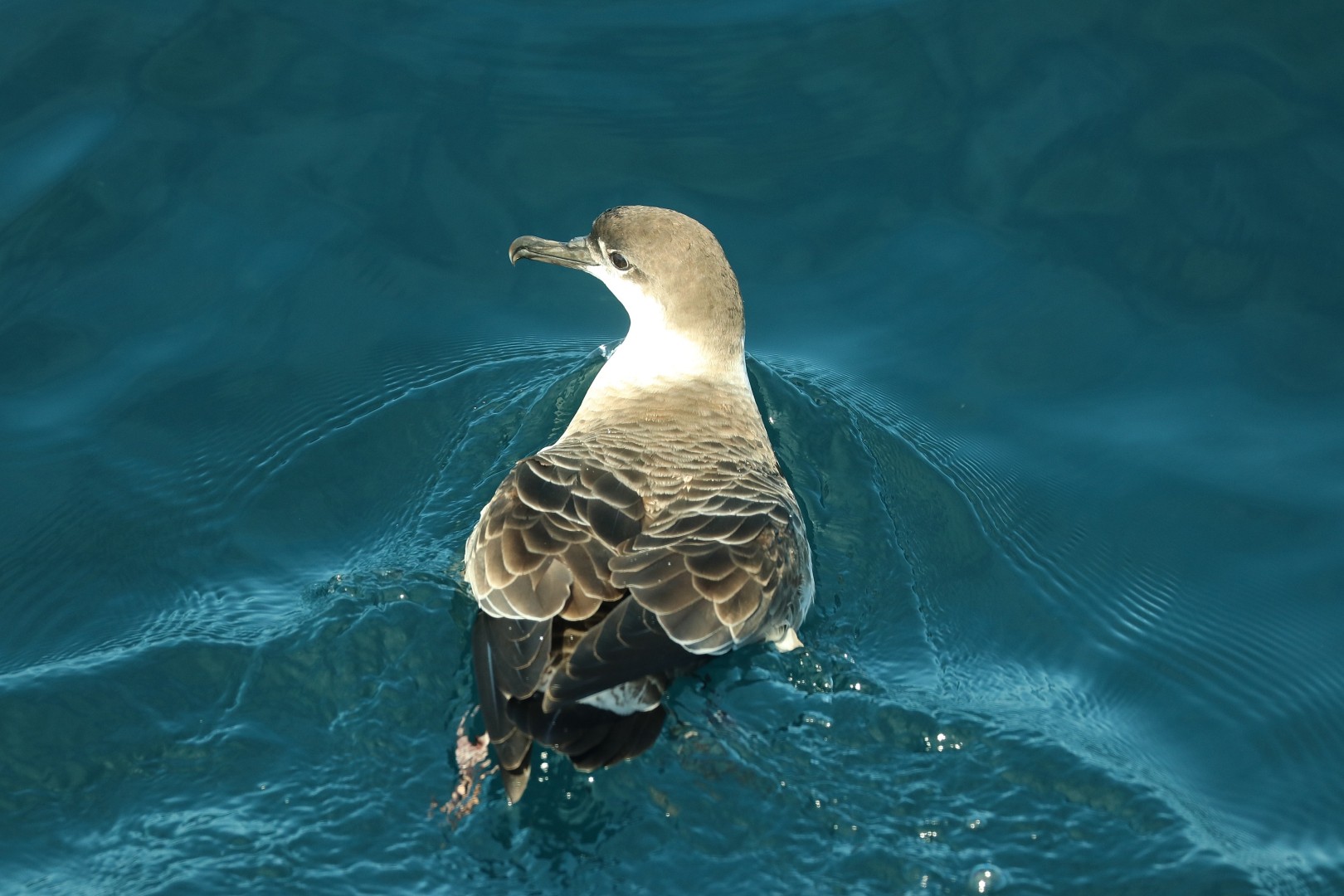Great Shearwater
A species of Typical Shearwaters Scientific name : Ardenna gravis Genus : Typical Shearwaters
Great Shearwater, A species of Typical Shearwaters
Botanical name: Ardenna gravis
Genus: Typical Shearwaters
Content
Description General Info
Description
The great shearwater (Ardenna gravis) is a large shearwater in the seabird family Procellariidae. Ardenna was first used to refer to a seabird by Italian naturalist Ulisse Aldrovandi in 1603, and gravis is Latin for "heavy". The great shearwater's taxonomic relationships are unclear. It belongs in the group of large species that have been separated as genus Ardenna; within these, it might be allied with the other black-billed, blunt-tailed species, such as the short-tailed shearwater and especially the sooty shearwater. Alternatively (Austin 1996, Austin et al. 2004), it could be a monotypic subgenus (Ardenna sensu stricto), an Atlantic representative of the light-billed Hemipuffinus group (pink-footed shearwater and flesh-footed shearwater). This species breeds on Nightingale Island, Inaccessible Island, Tristan da Cunha, and Gough Island. It is one of only a few bird species to migrate from breeding grounds in the Southern Hemisphere to the Northern Hemisphere, the normal pattern being the other way around. This shearwater nests in large colonies, laying one white egg in a small burrow or in the open grass. These nests are visited only at night to avoid predation by large gulls. The great shearwater, like the sooty shearwater, follows a circular migration route, moving north up the eastern seaboard of first South and then North America, before crossing the Atlantic in August. It can be quite common off the southwestern coasts of Great Britain and Ireland before heading back south again, this time down the eastern littoral of the Atlantic. This bird has the typically "shearing" flight of the genus, dipping from side to side on stiff wings with few wingbeats, the wingtips almost touching the water. Its flight is powerful and direct, with wings held stiff and straight. This shearwater is 43–51 cm (16.9–20.1 in) in length with a 105–122 cm (3.5–4.0 ft) wingspan. It is identifiable by its size, dark upper parts, and white under parts, with the exception of a brown belly patch and dark shoulder markings. It has a black cap, black bill, and a white "horseshoe" on the base of the tail. The stiff flight, like a large Manx shearwater, is also distinctive. The only other large shearwater in its range is the all-dark sooty shearwater. The great shearwater feeds on fish and squid, which it catches from the surface or by plunge-diving. It readily follows fishing boats, where it indulges in noisy squabbles. This is a gregarious species, which can be seen in large numbers from ships or appropriate headlands. They have a piercing "eeyah" cry usually given when resting in groups on the water. 
Size
41 - 81 cm
Life Expectancy
10 years
Nest Placement
Ground
Feeding Habits
Great Shearwater primarily feeds on fish and squid, supplemented with crustaceans. This seabird often forages for food discarded by fishing vessels, including fish entrails. It exhibits distinctive foraging techniques, taking advantage of human fishing activities.
Habitat
Cool offshore, pelagic waters, sloping ground, mainly grassland, woodland areas
Nest Behavior
Great Shearwater arrives at breeding colonies in September, lays most eggs by November, and rears the young until they depart in May, primarily engaging in nocturnal colony activity.
Nest Characteristics
Great Shearwater nests are burrowed sharply angled tunnels, about three feet long, with a nesting chamber at the end. This chamber is lined with grass and occasionally situated in a rocky crevice.
Dite type
Piscivorous
General Info
Feeding Habits
Bird food type
Scientific Classification
Phylum
Chordates Class
Birds Order
Albatrosses and Petrels Family
Shearwaters and petrels Genus
Typical Shearwaters Species
Great Shearwater 